Buds are beginning to swell on some plants as the amount of daylight increases, such as the red twinberry. Some plants will wait longer to ensure their leaves don’t endure cold spring nights. Other plants will wait to leaf out until after they have flowered.
Not all plants have showy flowers like roses and apple trees, which flower after the leaves have appeared.
Many of the native deciduous trees in north Idaho flower before they leaf out, such as aspens, cottonwoods, paper birch, alders and some willows. The flowers lack showy petals because they do not need to attract insects. Instead, the flowers are in the form of catkins, which are typically pendulous and are composed of a large quantity of same sex flowers.
Male catkins release pollen before the leaves appear because they depend on the wind to disperse the pollen. Leaves would obstruct the wind and decrease the likelihood of pollen landing on a female flower.
Unlike flowers pollinated by insects, the pollen of wind-pollinated plants is very light and fluffy so even the slightest breeze can carry it away. Also, the pollen isn’t as sticky as pollen produced by insect-pollinated flowers because it doesn’t have to stick to an insect. Instead, the female stigma (where the pollen grain must land) is extremely sticky.
Wind-pollinated flowers also produce way more pollen than insect-pollinated flowers. A single birch catkin can produce more than five million grains of pollen.
On wind-pollinated plants, the male and female flowers are often located on separate plants. Cottonwood catkins are on separate trees, along with trembling aspen and willows.
By having male and female flowers on separate trees, it ensures cross-pollination and increases the viability of the species. Thus, it is crucial for copious amounts of pollen to be released by the male flower in order for at least one pollen grain to reach a female flower downwind.
Some trees, such as alder and birch, have both male and female flowers on the same tree. These plants are often “self-incompatible” which means that a pollen grain originating on that plant won’t germinate if it lands on a stigma on the same plant.
Each plant produces a unique protein that prevents self-fertilization and distinguishes it from others of the same species. This protein is also responsible for the allergic reaction and hay fever many people suffer from during spring.
While less than 20 percent of plants are pollinated by wind, the copious amount of pollen produced makes them noticeable. Grasses and conifers are also wind-pollinated.
As latitude and altitude increase, the number of wind-pollinated plants becomes more prevalent. Where the growing season is shorter, plants can get a jump-start on the season by flowering before the leaves and insects appear.
Despite snow on the ground, the pussy willow is one of the first to flower in late winter with its gray, fuzzy male catkins. The pussy willow’s early catkins are one of the first signs of spring and the promise of more showy, colorful flowers to come.

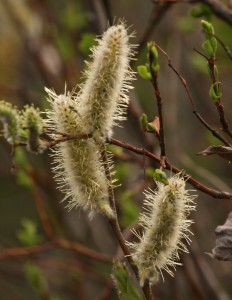
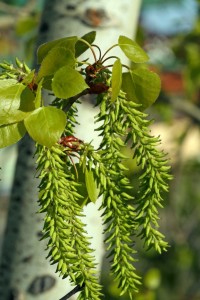
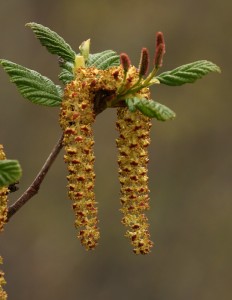
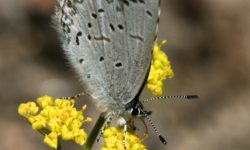

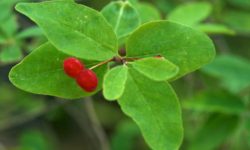
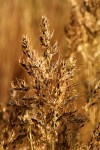
wow what a place..i like very much..
commanderselvam